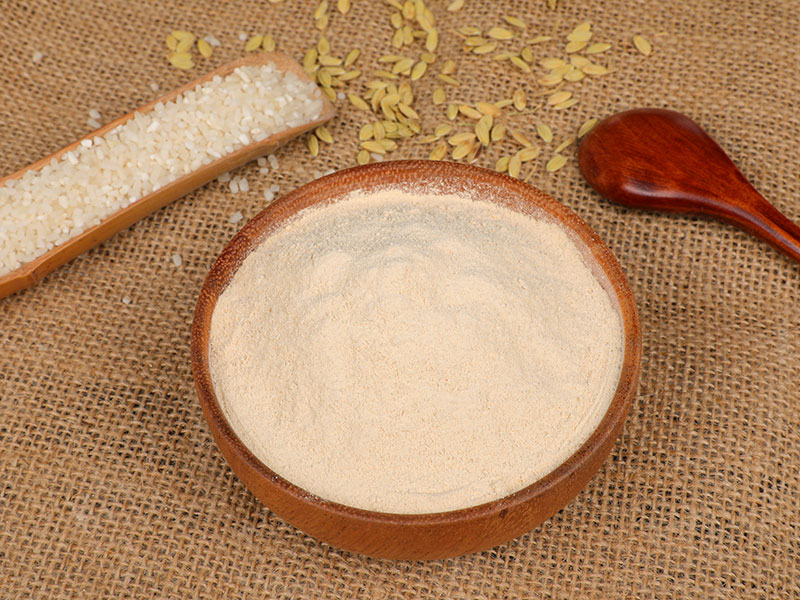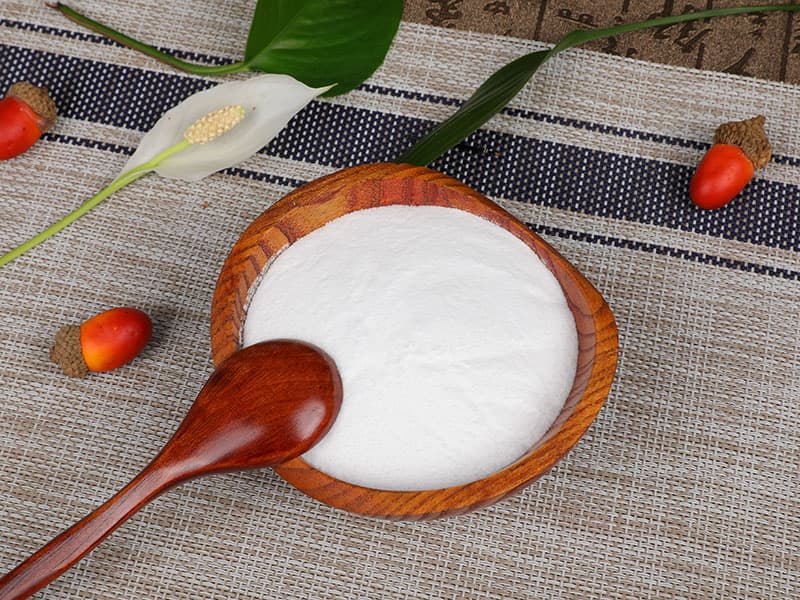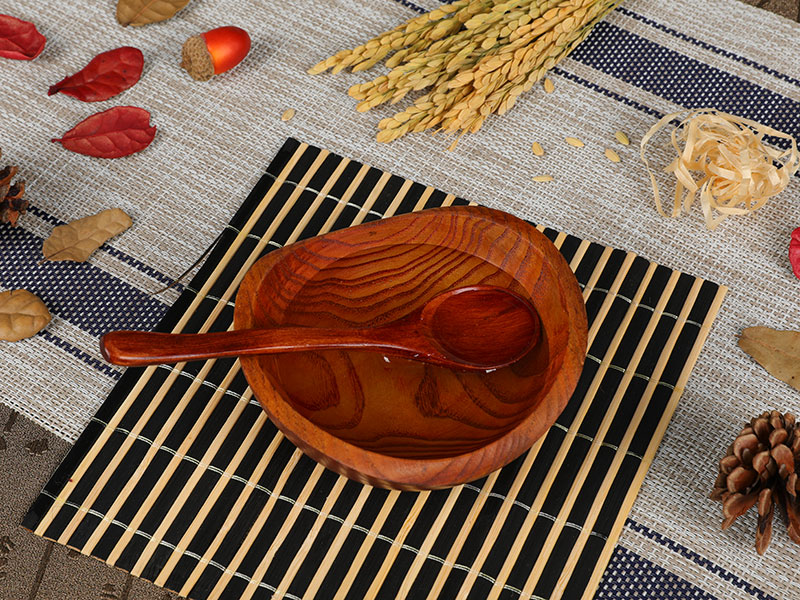Organic Starch Syrup is a natural sweetener that can be used as a replacement for high fructose corn syrup. It is also a great choice for vegan products.
While corn syrup is a great source of carbohydrates, it has high levels of glucose and is unhealthy. Organic cassava syrup has fewer calories than sugar and can be an excellent choice for diabetics and those following a low-carb diet.
Glucose Syrup
Glucose syrup is an important ingredient in bakery, confectionery and other food recipes. It has an exceptional volume & texture enhancement capability which is useful for various cuisines. It also helps prevent crystallization and is a good substitute for golden syrup. However, it is a concentrated source of calories and does not provide other nutrients.
It is a clear liquid made by the hydrolysis of starch, and contains a mixture of dextrose, maltose, and higher sugar oligomers. It is similar to corn syrup, but is more refined and has a lower glycemic index than sugar. It is used as a sweetener in a wide range of foods and is widely used as an additive to improve flavor, texture and consistency, and to retard crystallization of other ingredients. It also acts as a stabilizer, preservative and humectant to enhance shelf life. It is available in a variety of forms, including DE40, DE70 and DE97. It is produced from organically grown starch, and is free from any genetically modified organisms.
Tapioca Syrup
With its clean, mild sweetness and functional attributes, this organic tapioca syrup is a label-friendly alternative to sugar, molasses, maple syrup, and corn syrup. Often used in bakery goods, this product can also be used as a binding agent to keep foods such as meats from drying out after processing.
Made from the cassava root, known as Manioc or yucca tuber in Africa, Asia, and South America, it is washed and ground to form starch which is then enzymatically broken down into syrup. This low-color, high-viscosity sweetener can be combined with other products to create a wide variety of confections, beverages, and snack bars.
This non-GMO, organic tapioca syrup is available in a range of DE levels from 27 to 95. As a general rule, lower DE tapioca syrups are more viscous and sweeter, while higher-DE syrups tend to be less viscous and less sweet. It is an ideal solution for a wide variety of applications and can be mixed with other sweeteners to provide the desired flavor profile.
Glucose Granules
Glycogen is a complex carbohydrate polymer of tens to thousands of monosaccharides linked together by glycosidic bonds. Its high solubility in boiling acid enables the rapid storage of energy. Glucose granules are a major component of liver and skeletal muscle cells.
During fasting, the cells draw on the glycogen reserves to provide energy to maintain metabolic balance. The stored glucose is released to the cell cytoplasm as a rapid form of energy.
The granule-associated protein, glucokinase, may have two possible roles. It either represents a store of “kinetically inactive” enzyme that is released during glucose-induced insulin secretion, or it has a direct kinetic function that determines changes in granule maturation, movement and membrane fusion during insulin secretion. The latter role is supported by the observation that a transient increase in granule mobility correlates with the activation of glucokinase in MIN6 cells. Moreover, the granule-associated protein is phosphorylated by the endogenous kinase, PI3K. The kinetic activity of glucokinase in the granule is unaffected by phosphatase inhibitors such as LY294002 or SB431532.
Tapioca Flour
Tapioca flour is a common ingredient used in gluten free baking. It has a neutral flavor and texture, but can be used in combination with other flours to create a wide variety of baked goods.
It is made from the root of the cassava (or yuca) plant and can be found in grocery stores as a snowy white powder. It can be substituted for cornstarch in recipes, and is a favorite ingredient for thickening soups, sauces, and pie fillings. It also has the unique ability to retain its shape and texture even when reheated.
It's often used in place of wheat flour to make chewy, soft breads and rolls such as this tasty, garlicky tapioca dinner roll recipe. It's also an important component in these savory mochi donuts from Japan. Look for this versatile ingredient in your local grocery store or online. It's typically stocked with other flours in the gluten free aisle. You can also find it at Brazilian markets under the names amido de mandioca, fecula de mandioca or polvilho.


 English
English 中文简体
中文简体





